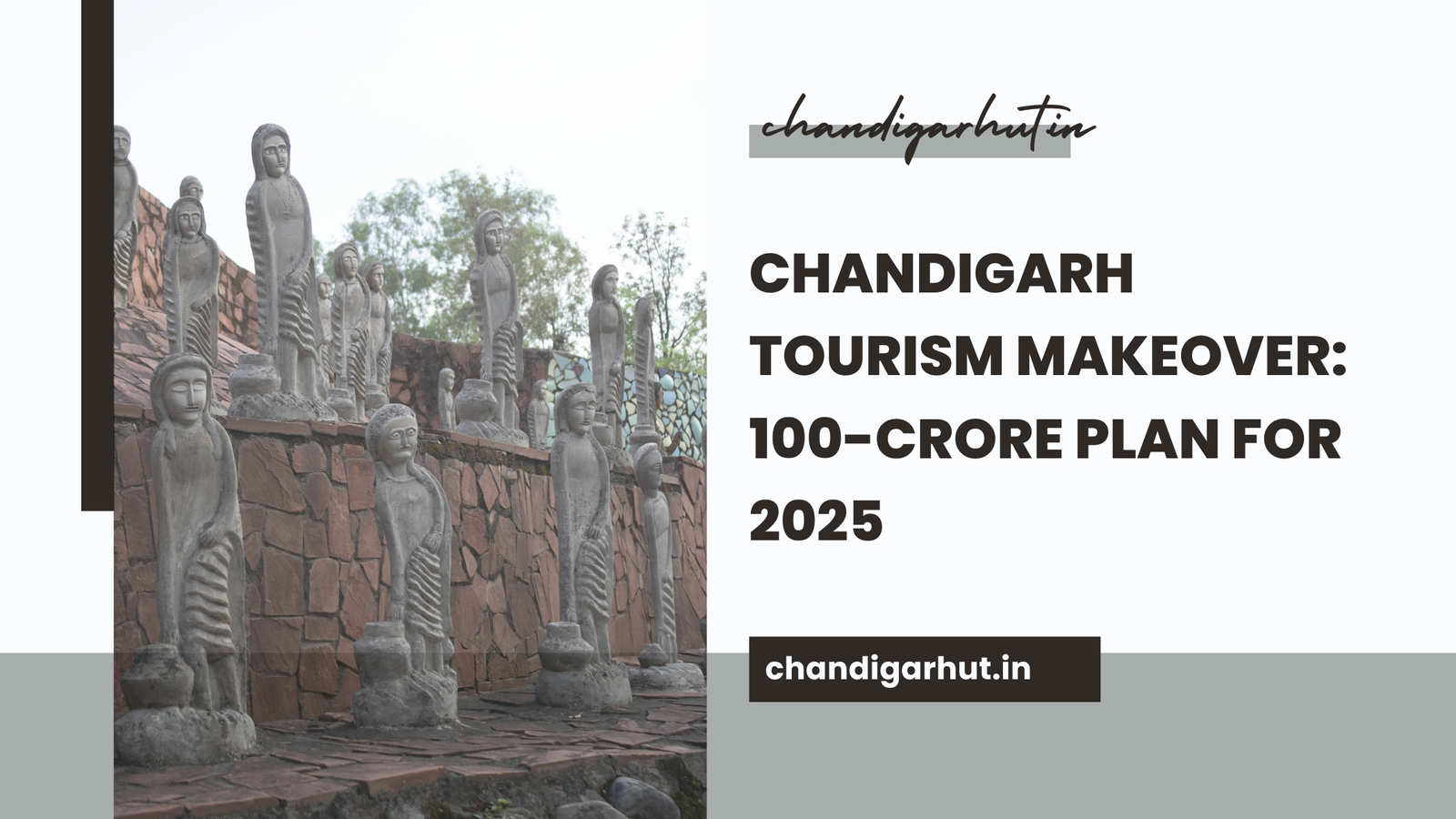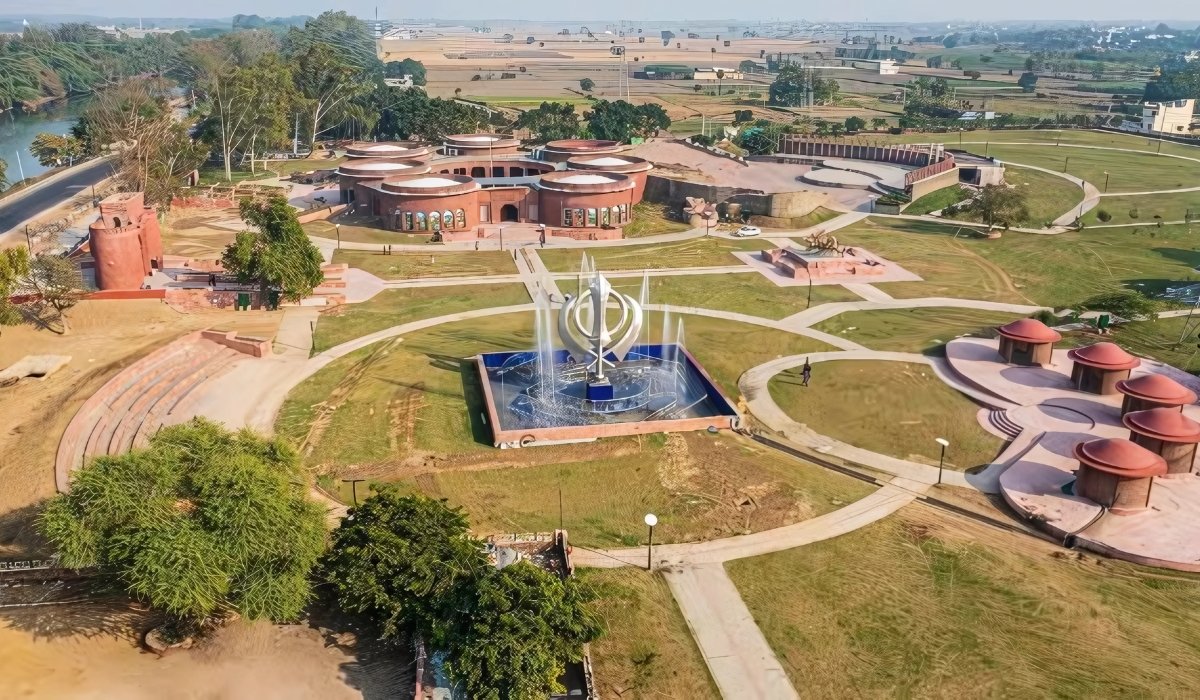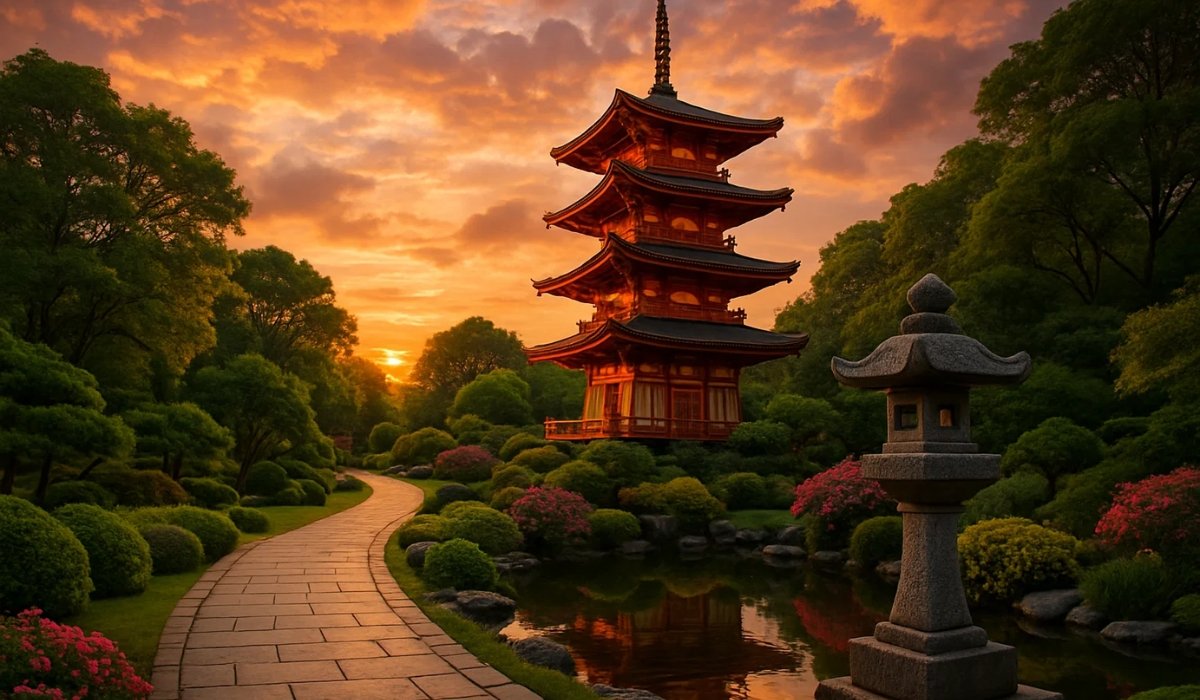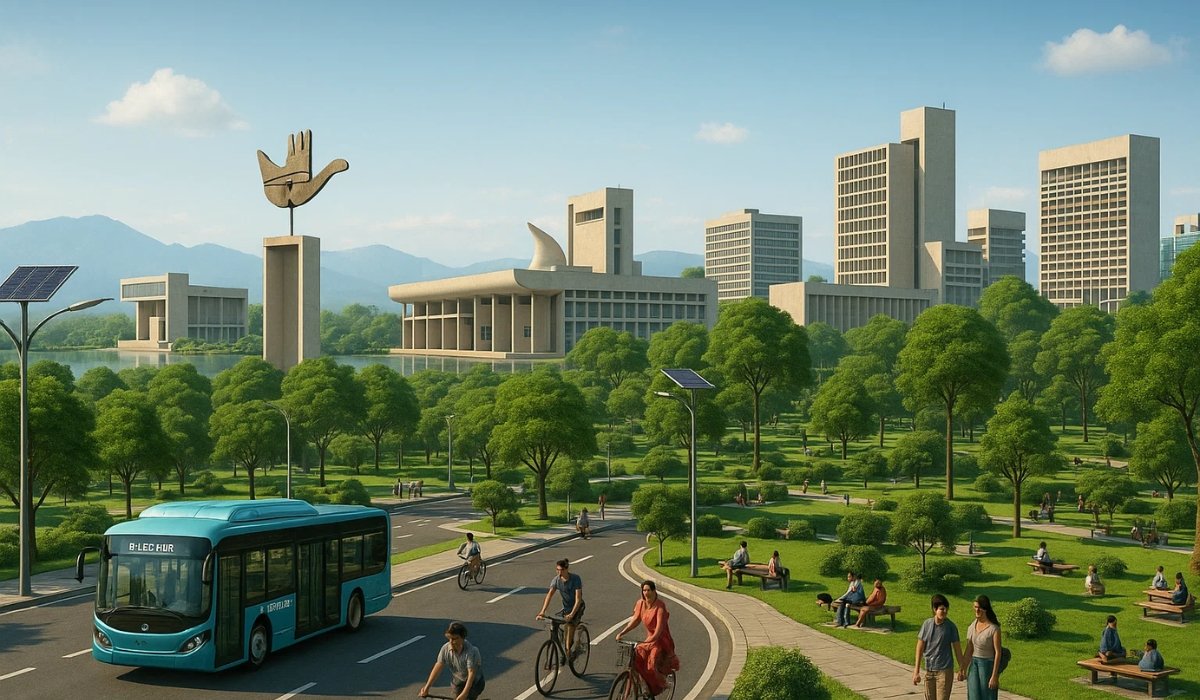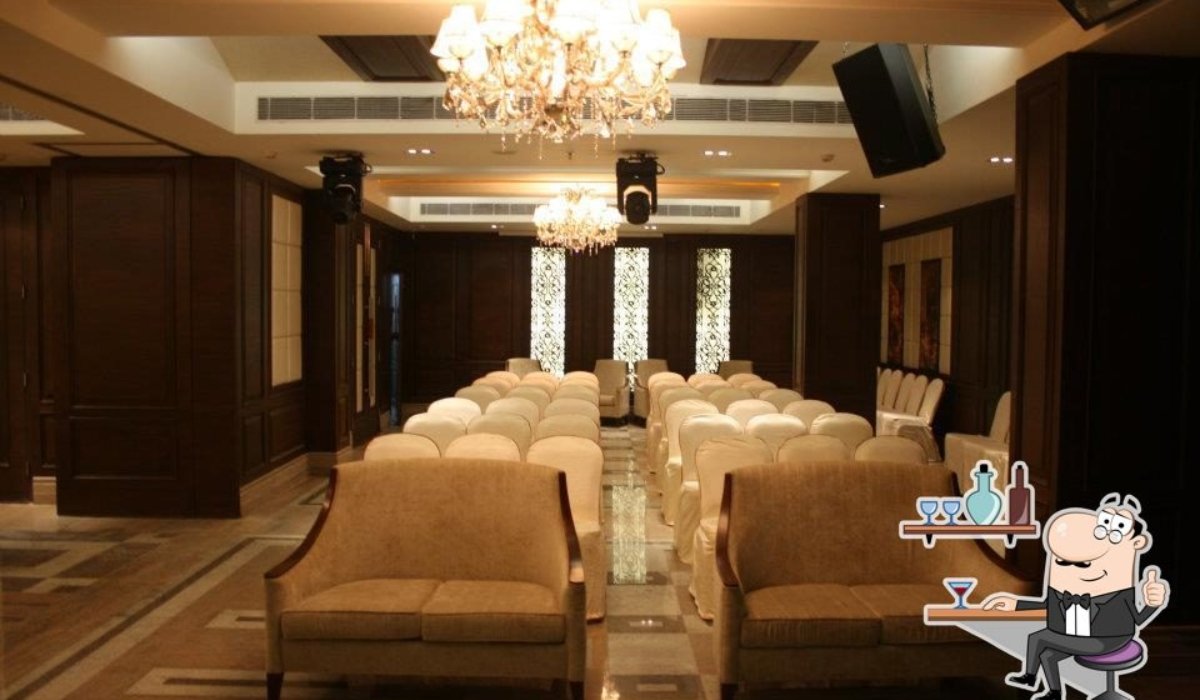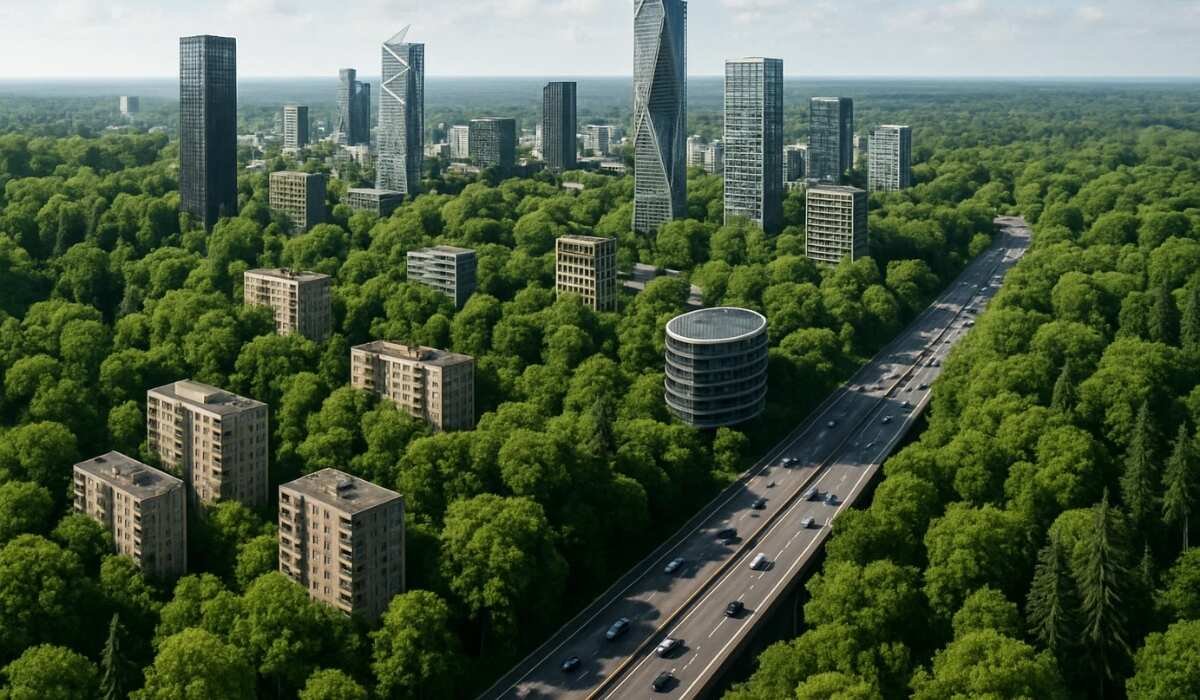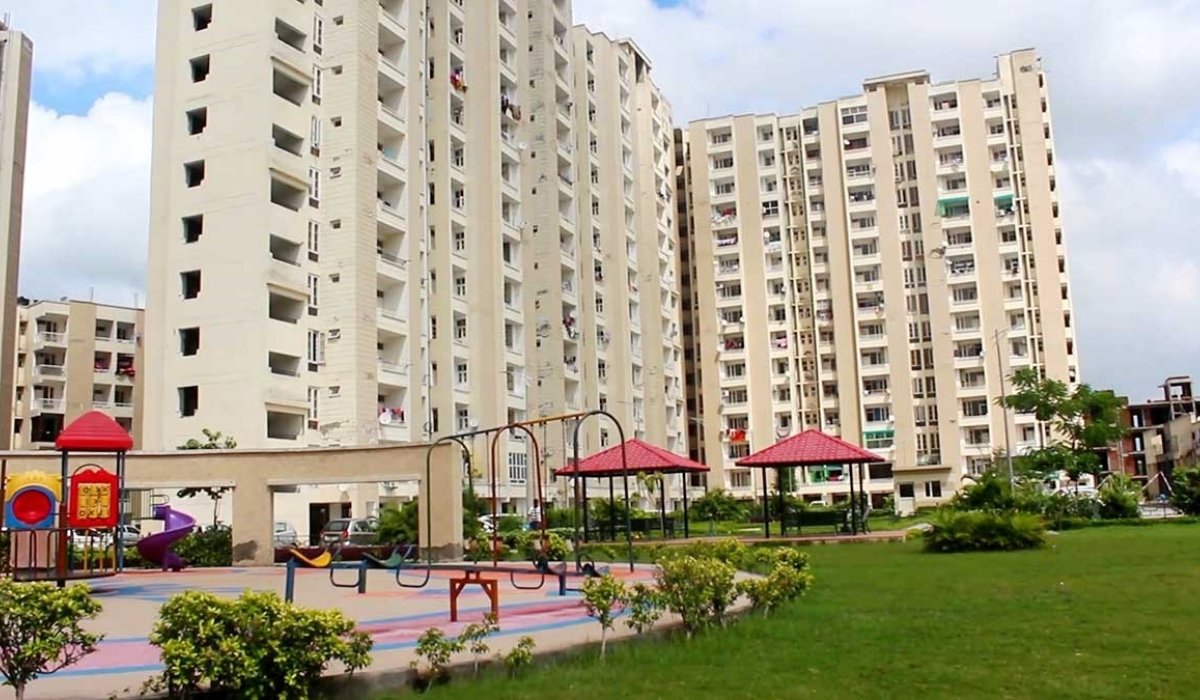Chandigarh tourism makeover is moving from concept to reality as the UT Administration rolls out a Rs 100 crore master plan to reposition the city as a must-visit destination. The plan, prepared by a Central Government appointed consultant, emphasizes preserving Chandigarh’s distinctive modernist character while unlocking new experiences for visitors. With backing from the Centre under Swadesh Darshan 2.0, this initiative seeks to balance architectural charm with high value Chandigarh tourism projects that complement Himachal Pradesh itineraries.
Why Chandigarh tourism makeover matters
Chandigarh has long been valued for its green lungs, organized streets, and iconic architecture. The Chandigarh tourism makeover signals a strategic shift from a transit hub toward a standalone, multi-day destination. It aims to diversify experiences beyond shopping and quick sightseeing by weaving culture, technology, and nature into a seamless visitor journey.
The plan also reinforces the citys role as a model of modernist design, ensuring that new venues respect the terrain and civic fabric. By aligning with sustainability goals and a wellness tilt, the makeover seeks to appeal to families, tech enthusiasts, culture lovers, and film crews alike. In short, it is a holistic effort to unlock Chandigarh’s potential while keeping its character intact.
Master plan and funding
The UT Administration has approved a comprehensive master plan with a budget of Rs 100 crore, a landmark step in city planning. A consultant appointed by the Central Government prepared the strategy, which is designed to leverage the Swadesh Darshan 2.0 scheme for financial backing. The funding proposal has been submitted to the Union Chandigarh tourism Minister for final clearance, signaling strong federal support for the initiative.
Officials stress that the plan balances capital investments with careful urban design. Projects are chosen to expand capacity for events, improve pedestrian linkages, upgrade museums, and create new outdoor spaces that invite strolls and lingering rather than quick turnover. The approach underscores a philosophy of quality over quantity and emphasizes visitor safety, accessibility, and inclusivity.
Flagship projects under the master plan
Sarangpur Concert-cum-Exhibition Centre
The flagship centre in Sarangpur is envisioned as a 25-acre campus capable of hosting 30,000–35,000 attendees. The Rs 40 crore investment includes a multi-level parking complex and integrated public space that can support concerts, cultural festivals, and large exhibitions. The venue is designed to blend with Chandigarh’s modernist lines while offering flexible configurations for different events, day or night.
Digital Museum Sector 18
Budgeted at Rs 20 crore, the Digital Museum will be the citys first fully digital, technology-based museum. Visitors will explore immersive AR and VR installations that bring Chandigarh’s design philosophy, heritage, and urban evolution to life. The museum will serve as an anchor for digital storytelling, rotating exhibits, and interactive learning experiences for students and visitors alike.
Natural History Museum Sector 10
With a Rs 35 crore allocation, the Natural History Museum will occupy space within the existing Museum and Art Gallery complex in Sector 10. It will narrate the journey of human evolution and natural history through interactive displays, holographic storytelling, and dynamic exhibitions. The facility is planned to attract school groups, researchers, and curious travelers who want a deeper, scientifically curated experience.
Bollywood, film shooting and visitor experiences
One of the distinctive aims of the Chandigarh tourism makeover is to position the city as a Bollywood shooting destination. A streamlined single-window clearance system is in place to simplify approvals, cutting down bureaucratic time and enabling faster project realization. This policy not only reduces friction for filmmakers but also encourages foreign and domestic productions to shoot against Chandigarh’s backdrop of urban design and green spaces. The result could be an uptick in on-site filming, broader media exposure, and a spillover of tourists drawn by film locations.
Beyond the flagship projects
While the flagship venues form the spine of the plan, the UT Administration is also investing in wellness, sports, and nature-based Chandigarh tourism. Green corridors, cycling routes, and wellness centers will complement existing outdoor spaces and the citys clean air, promoting a healthier, active travel style. By integrating sports facilities, spa-inspired experiences, and eco-tourism options, Chandigarh can attract visitors looking for restorative getaways that align with contemporary wellness trends.
Growth in tourist arrivals
Recent data underline a growing interest in Chandigarh among travelers. In the first half of 2025, the city drew 5,97,983 tourists, a jump from 4,77,565 in the same period of 2024—an increase of more than 25 percent. Last year, 2024, recorded a total of 10.37 lakh visitors, with domestic travelers accounting for 9.98 lakh and foreign travelers numbering 39,058. By June 2025, domestic arrivals reached 5.76 lakh while foreign travelers stood at 21,040.
Industry observers expect that the master plan will help translate this growing interest into longer stays and higher day-to-day spending. The strategy is designed to distribute visitor footfall across seasons and venues, reducing pressure on any single attraction while elevating the overall experience. With improved infrastructure and more curated experiences, Chandigarh could see higher hotel occupancy and more robust local business activity year-round.
Impact on visitor experience and length of stay
The master plan is designed to entice longer stays by combining modern infrastructure with Chandigarh’s iconic design heritage. Immersive digital experiences, large-scale venues, and curated heritage routes will guide visitors through a thoughtful sequence of experiences. The aim is to convert a typical day-long stopover into a multi-day itinerary that reveals different facets of the city, from architecture to green spaces to modernist art.
Accessibility improvements, easy food and beverage options, and enhanced wayfinding will further reduce friction for first-time visitors and return audiences alike. In addition, the new museums and venues offer educational and experiential value for families, students, and seniors who seek enriching travel moments that resonate beyond a quick snapshot.
Preserving modernist heritage while embracing innovation
Chandigarh’s unique architectural character is central to the makeover. Leaders stress that new venues will be designed to respect siting constraints, materials, and the visual language of the city. The Digital Museum and Natural History Museum are intended to complement the existing Museum and Art Gallery, strengthening a curated narrative of design and evolution rather than replacing it.
The plan also emphasizes smart technologies, energy efficiency, and resilient design. By marrying innovation with preservation, Chandigarh can showcase its modernist identity while delivering contemporary comfort and accessibility to visitors from around the world.
Implementation and governance
The master plan is advancing with support from the central government and the UT administration. The Swadesh Darshan 2.0 framework provides funding and strategic oversight for the investment package. A single-window clearance system accelerates approvals for events, film shoots, and venue operations, enabling a faster time-to-market for major activities.
Regular progress reviews and transparent reporting will help align milestones with visitor growth targets. Stakeholders expect close collaboration with local communities, business associations, and cultural institutions to ensure the benefits are widely shared and that the changes reinforce Chandigarh’s reputation as a high-quality, family-friendly destination.
Frequently Asked Questions
What is the Chandigarh tourism makeover
The Chandigarh tourism makeover refers to a Rs 100 crore master plan to reposition the city as a must-visit destination. It combines flagship venues, digital heritage experiences, and wellness infrastructure to attract longer stays.
How is the project funded
The funding is expected to come from the Centre under the Swadesh Darshan 2.0 scheme, with administrative approval already granted and submission to the Union Chandigarh tourism Minister for final clearance.
What are the flagship projects
The flagship projects include the Sarangpur Concert-cum-Exhibition Centre, a Digital Museum in Sector 18, and a Natural History Museum in Sector 10, each backed by significant investment to boost capacity and experience.
When can visitors expect results
As approvals streamline and construction begins, the city aims to roll out attractions in phases over the next few years, with a focus on improving arrival numbers and longer stays in 2025 and beyond.
Conclusion
Chandigarh is poised to redefine its travel identity through a thoughtful, heritage-conscious Chandigarh tourism makeover. By marrying modern experiences with the citys timeless design ethos, the UT administration is crafting a destination that complements Himachal Pradesh travel itineraries while standing as a premier attraction in its own right.
